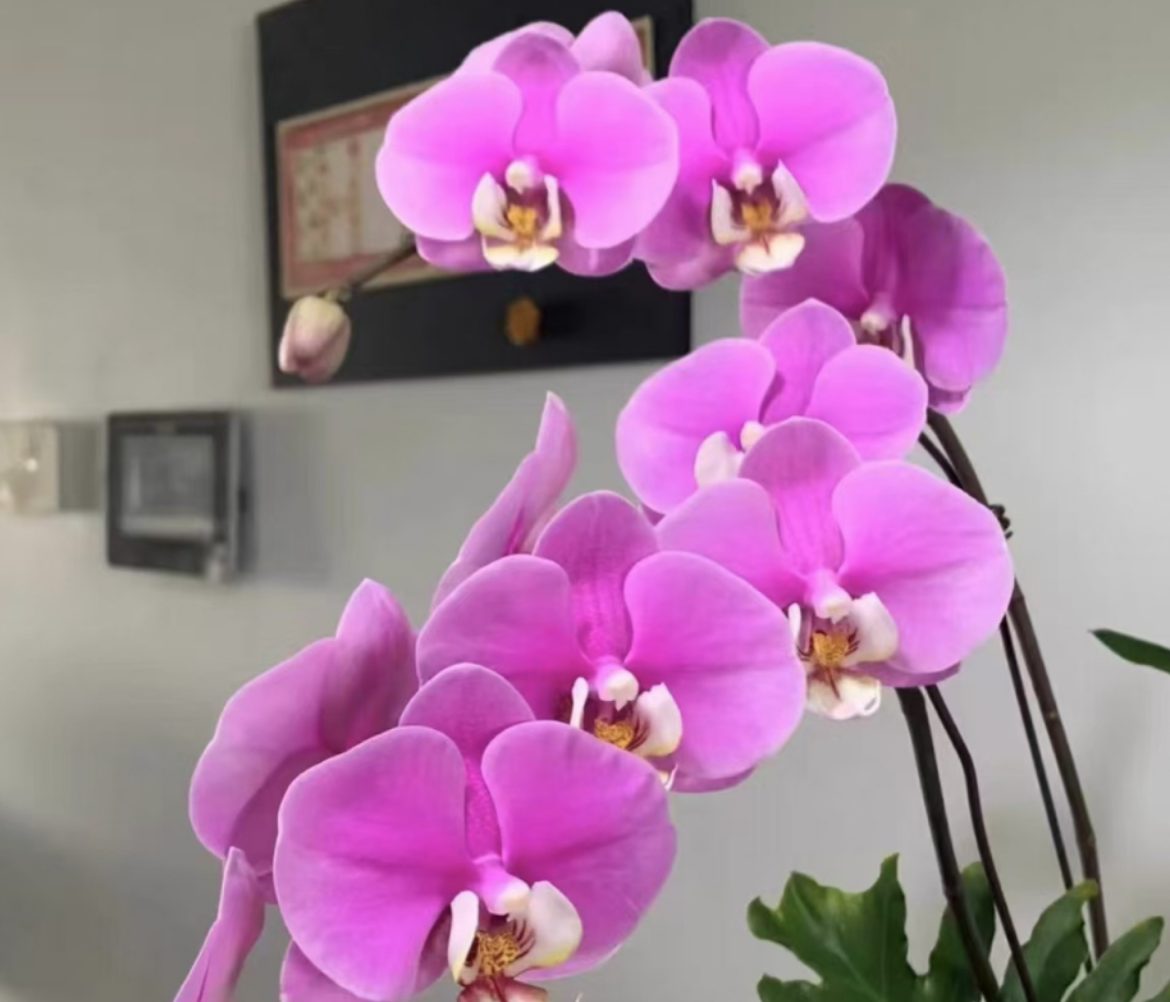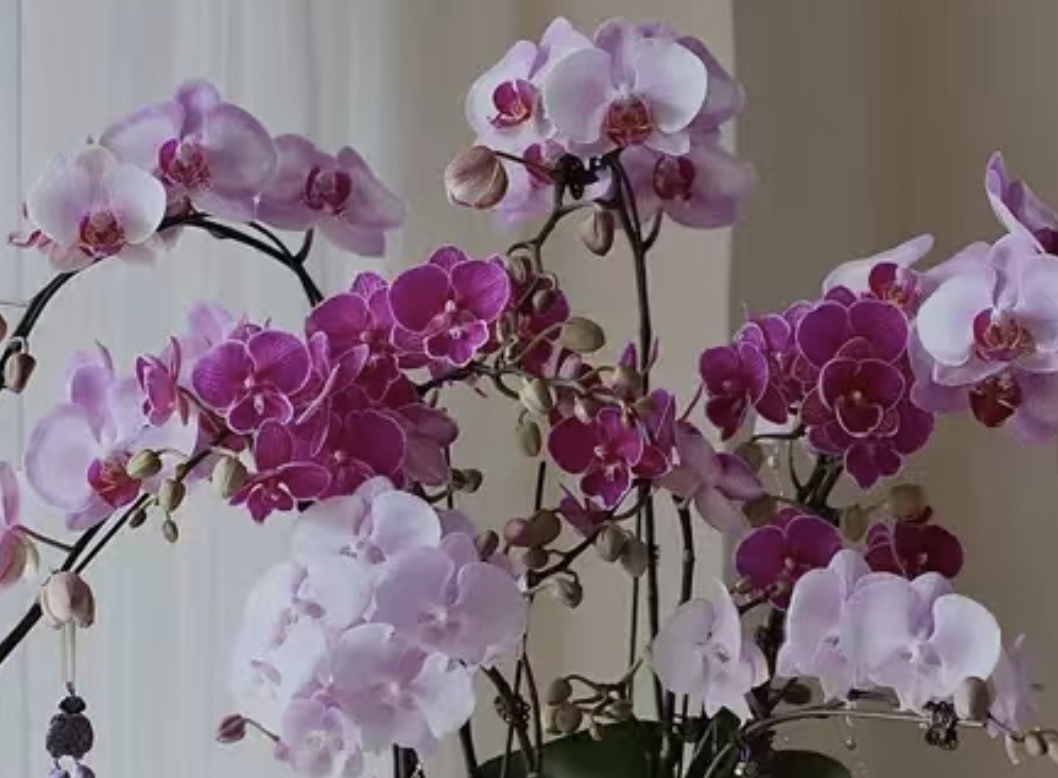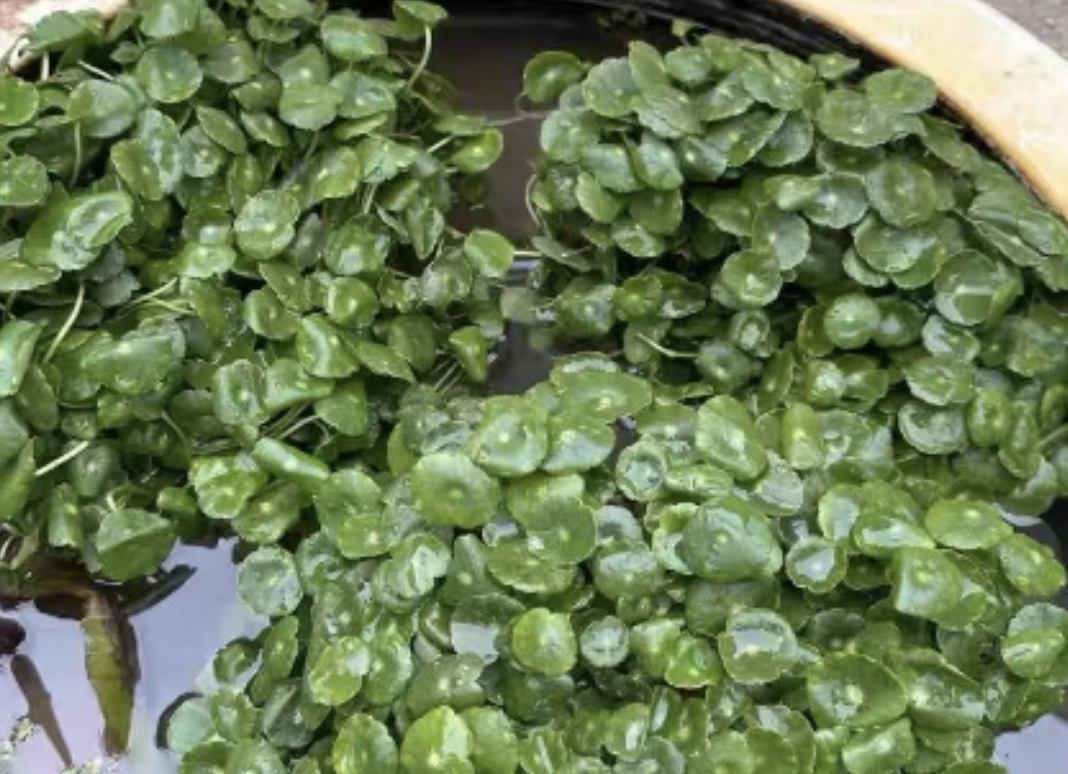In the process of flower cultivation at home, some people like to use water with organic fertilizers. The most familiar ones are rice-washing water and soybean water, and some even use the organic fertilizer water from fish tanks. However, for phalaenopsis, is it suitable to pour these organic fertilizer waters onto the soil? The correct answer is that it is not very suitable, because these organic fertilizers may cause the planting medium to rot. Let's learn more about it below.
For an average household, rice washing is done every day, and rice-washing water is one of the most easily available organic fertilizers. Rice-washing water itself contains a large amount of starch, which can provide basic nutrients for many flowers. However, for phalaenopsis, a flower that grows in the tropical rainforest, using rice-washing water is not an ideal fertilizer choice.
Specifically, although rice-washing water contains relatively sufficient organic substances, for phalaenopsis, which has sensitive roots, it will affect the ventilation and drainage of the roots. Therefore, long-term use will damage the roots and affect the growth and flowering of the plant.
Secondly, because there are salts and other chemical substances in rice, the sediments accumulated during the rice-washing process will also block the normal respiration of the roots, preventing the plant from absorbing normal water and affecting its subsequent healthy growth.
Another risk is that many types of rice on the market are mixed with artificial additives, such as selenium-enriched substances or toxic substances. During the use of rice-washing water, these additives are also absorbed, which may cause harm to the plant and even lead to its death.
In general, it is not recommended to use organic fertilizers such as rice-washing water for phalaenopsis. We can go to a specialized store to buy fertilizers specifically for orchids, or choose compound fertilizers such as nitrogen, phosphorus, and potassium. The nutrients in these fertilizers are easily soluble in water, which will not cause excessive accumulation and can ensure that the plant absorbs all the nutrients it needs.
In addition, when fertilizing orchids, the fertilizer can be applied according to the plant's condition. For example, when the plant is flowering, choose fertilizers such as diammonium phosphate and tripotassium phosphate, which can make the flower buds plumper and the flowers more gorgeous. During the dormant period, since the metabolism slows down, no fertilizer needs to be applied.
What is the Best Fertilizer for Phalaenopsis?

Share with
Tagged in :




Leave a Reply